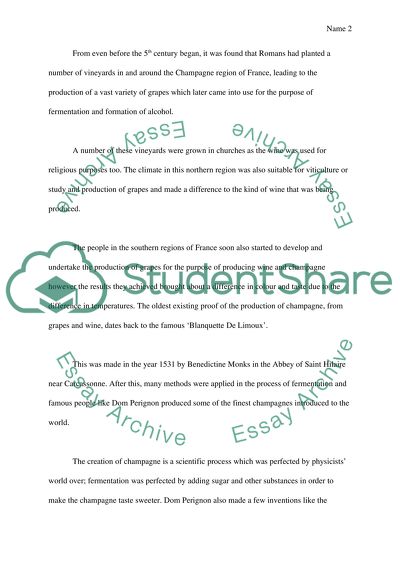Cite this document
(“Champagne and its Origins Essay Example | Topics and Well Written Essays - 2250 words”, n.d.)
Retrieved from https://studentshare.org/environmental-studies/1413414-champagne-and-its-origins
Retrieved from https://studentshare.org/environmental-studies/1413414-champagne-and-its-origins
(Champagne and Its Origins Essay Example | Topics and Well Written Essays - 2250 Words)
https://studentshare.org/environmental-studies/1413414-champagne-and-its-origins.
https://studentshare.org/environmental-studies/1413414-champagne-and-its-origins.
“Champagne and Its Origins Essay Example | Topics and Well Written Essays - 2250 Words”, n.d. https://studentshare.org/environmental-studies/1413414-champagne-and-its-origins.


